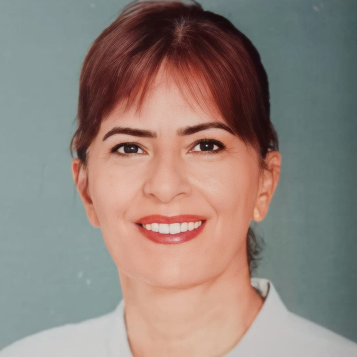Comparison of Physiotherapy and Engineering Students in Terms of Posture and Body Awareness
- Original Article
- Published on May 27 2025
 Aleyna Gökdeniz
Aleyna Gökdeniz
 Gamze Çobanoğlu
Gamze Çobanoğlu
 Ebrar Rana Bardakçı
Ebrar Rana Bardakçı
 Bünyamin Ertus
Bünyamin Ertus
 Nevin Aysel Güzel
Nevin Aysel Güzel
Purpose: This study aimed to compare Physiotherapy and Rehabilitation (PTR) students who received education on posture, body awareness, and exercise with Engineering students who did not receive such education regarding head-neck posture and body awareness.
Method: The study involved 30 PTR students (10 females, 20 males; age: 21.73±1.08 years; Body Mass Index (BMI): 22.73±2.86 kg/m²) and 30 Engineering students (8 females, 22 males; age: 21.67±1.56 years; BMI: 24.36±3.58 kg/m²). Postural assessments were conducted using photographic measurements, which recorded the sagittal head angle (SHA), sagittal shoulder angle (SSA), and craniovertebral angle (CVA). Body awareness was evaluated using the Body Awareness Questionnaire (BAQ).
Results: There was a significant difference in BMI between the PTR and Engineering students (p=0.022), but no significant differences were observed in age, weight, or height (p>0.05). No significant differences between the two groups were found in the SHA, SSA, or CVA (p>0.05). However, the postural angles of the PTR students were closer to normative values. Additionally, PTR students exhibited significantly higher BAQ scores than Engineering students (p=0.005), indicating better body awareness.
Discussion: Although no significant differences were observed in postural angles, the head-neck posture of PTR students was closer to normative values, and their body awareness was significantly higher than that of Engineering students. These findings suggest that PTR education emphasizing posture and body awareness can be an effective preventive strategy to improve individual and community health. Considering the benefits, it is recommended that such education be spread to other disciplines.
Key Words: Physical Therapy Specialty, Engineering, Posture, Awareness, Body Image